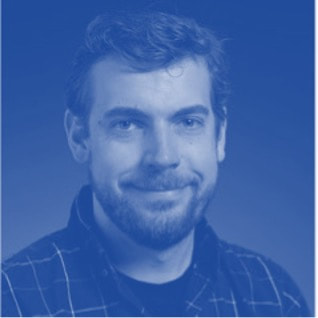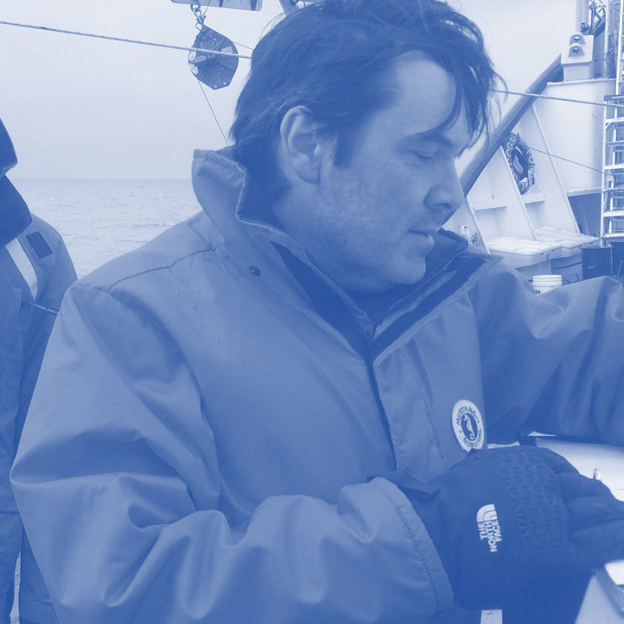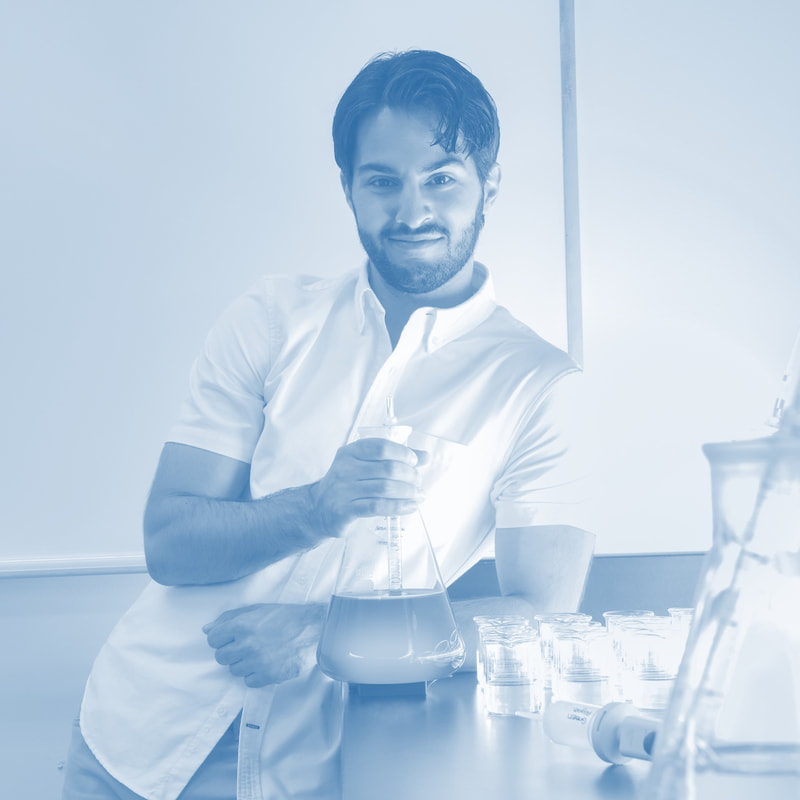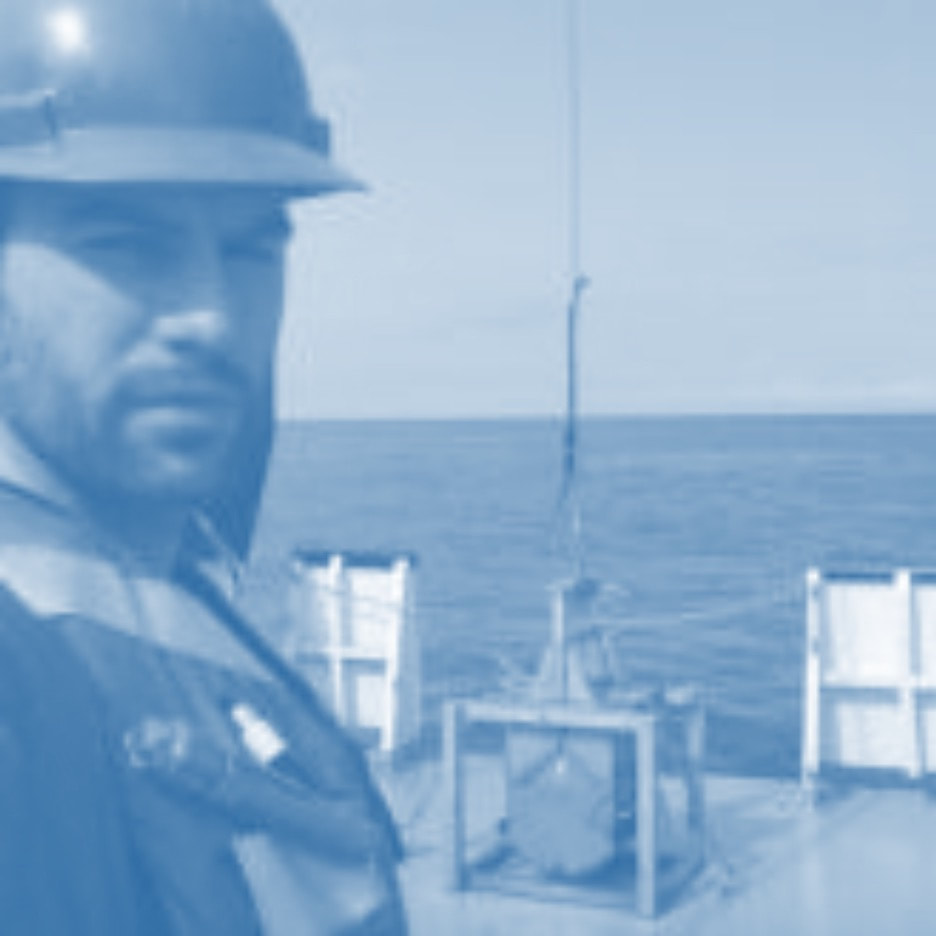ABOUT IFHAB WORKSHOP
|
The Interdisciplinary Freshwater Harmful Algal Blooms Workshop is a yearly meeting of scientists focusing on the study of cyanobacterial and other harmful algal species in freshwater environments. During this workshop, researchers from different disciplines will present their most recent studies, including harmful algal blooms monitoring and fate, ecology, analytical method development and drinking water treatment. The workshop will take place in an informal environment, aiming to help researchers expand their networks and learn from the different areas affecting this complex environmental threat.
ORGANIZING COMMITTEE
|








